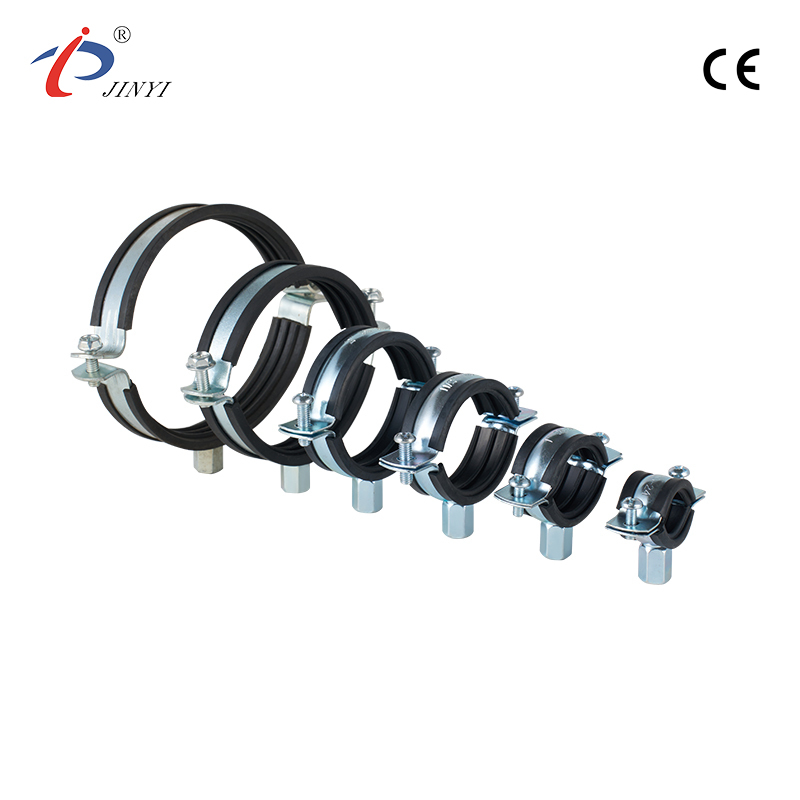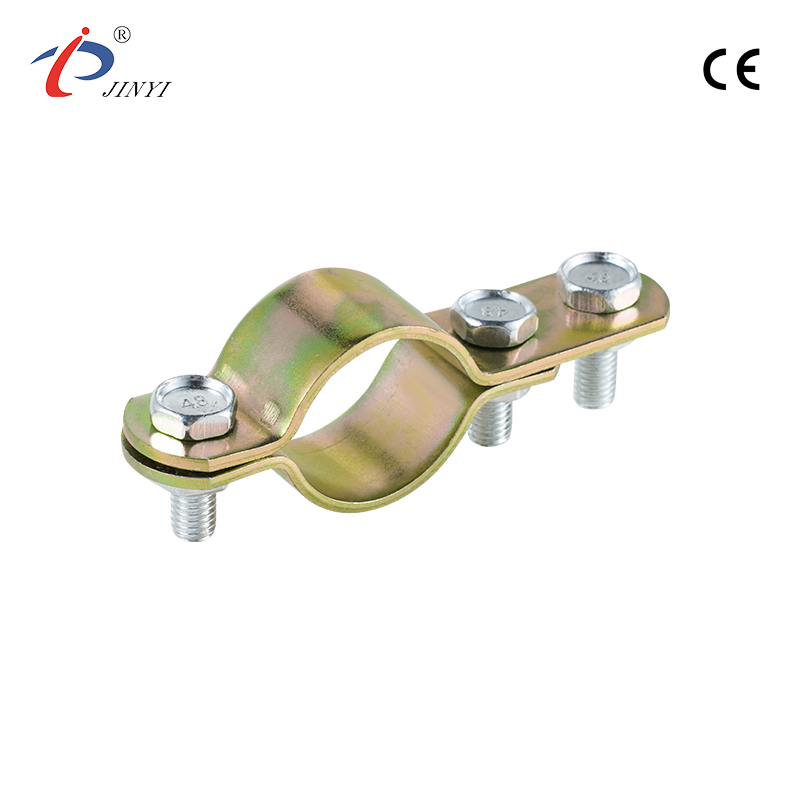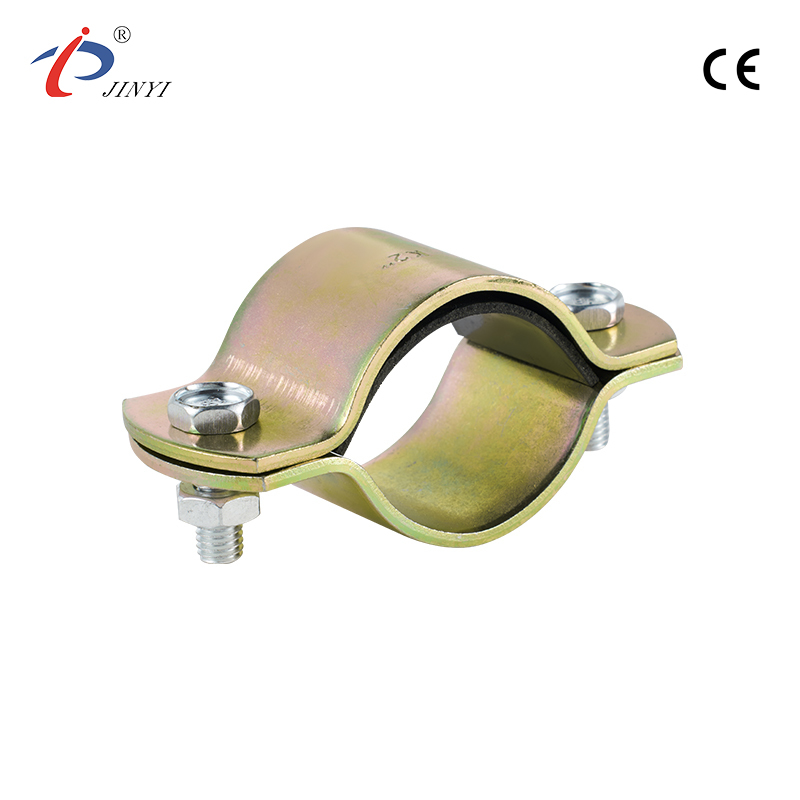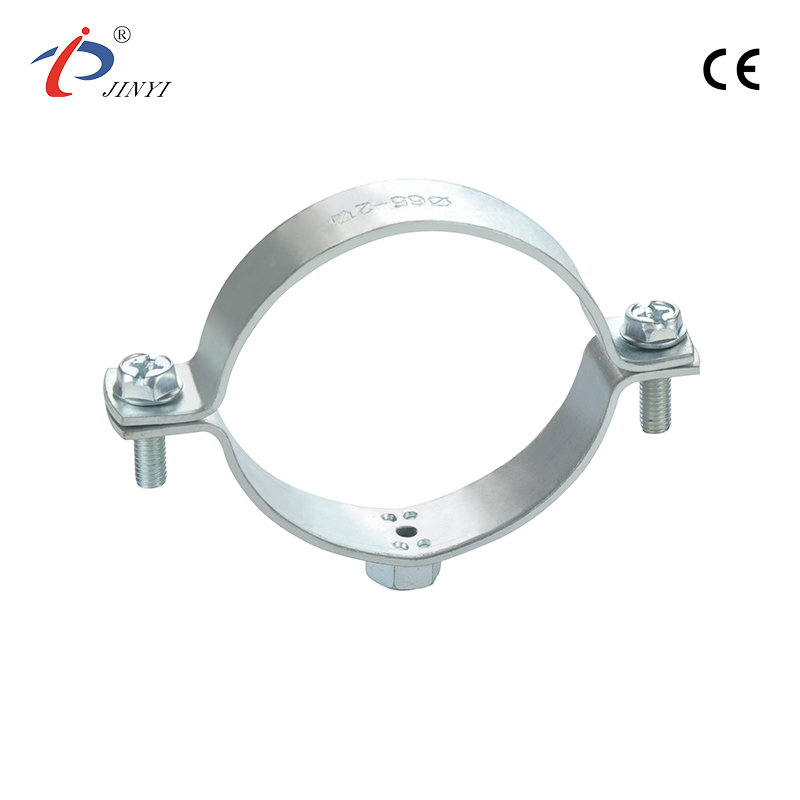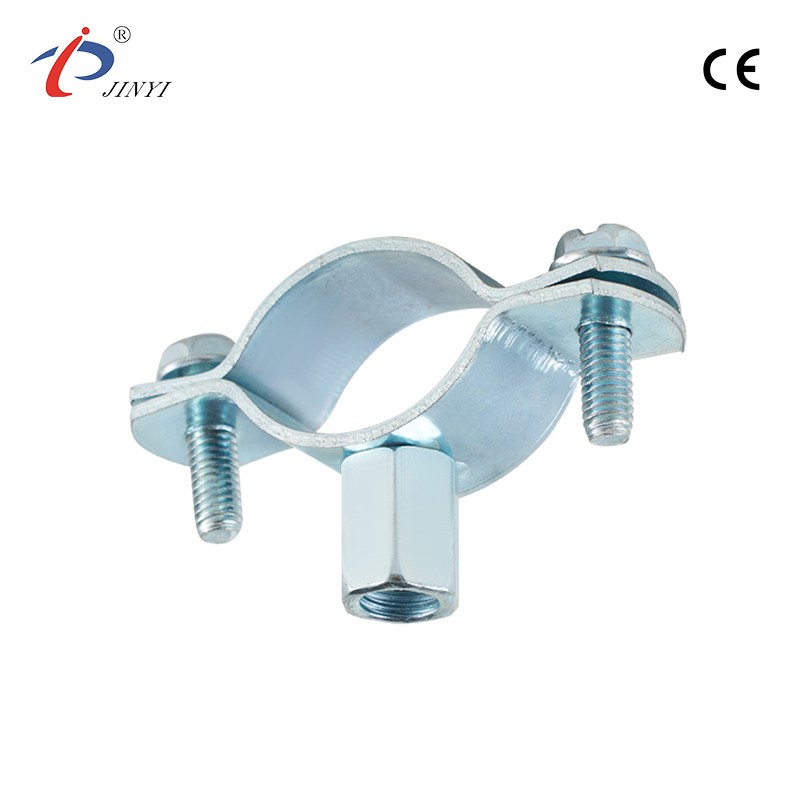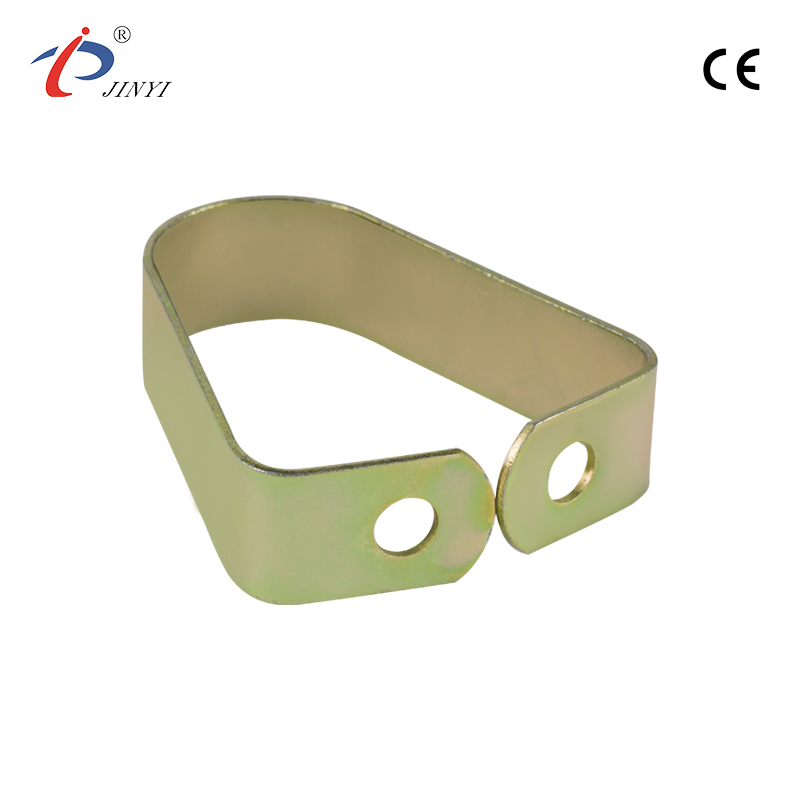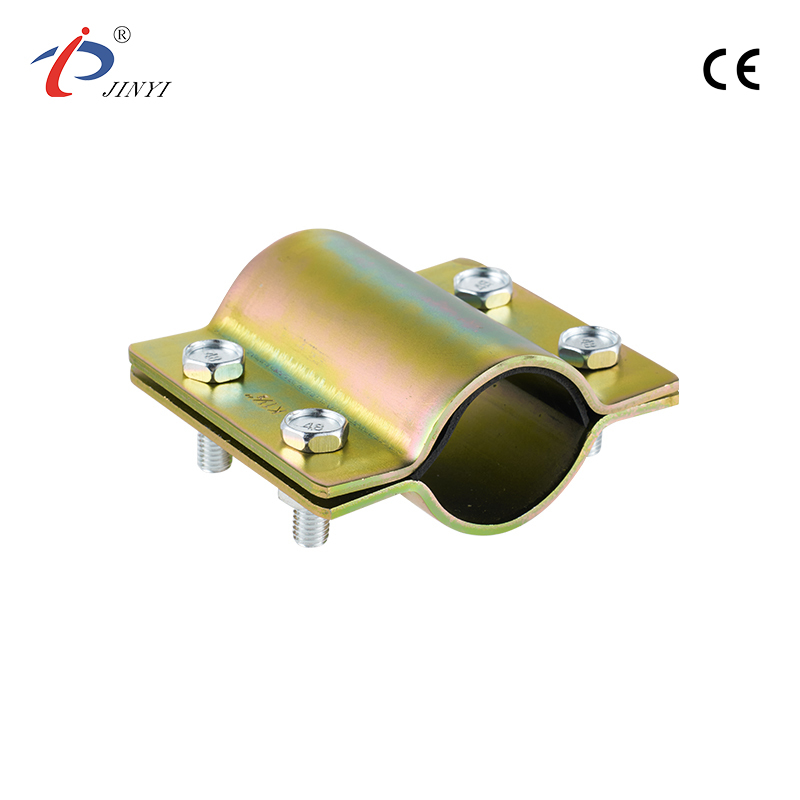Silent Guardians: Decoupling Tanks Defending Your Plumbing’s Peace
2025-08-22
Shower Bases Support Frame and Decoupling Tank operate as silent guardians—working behind the scenes to protect systems from daily wear, pressure, and movement. These components don’t demand attention; instead, they prevent the disruptions that would otherwise make themselves known: sagging shower bases, leaking pipes, or the jarring rattle of water hammer. Their design is rooted in prevention, ensuring plumbing systems maintain their peace through stability and stress absorption.
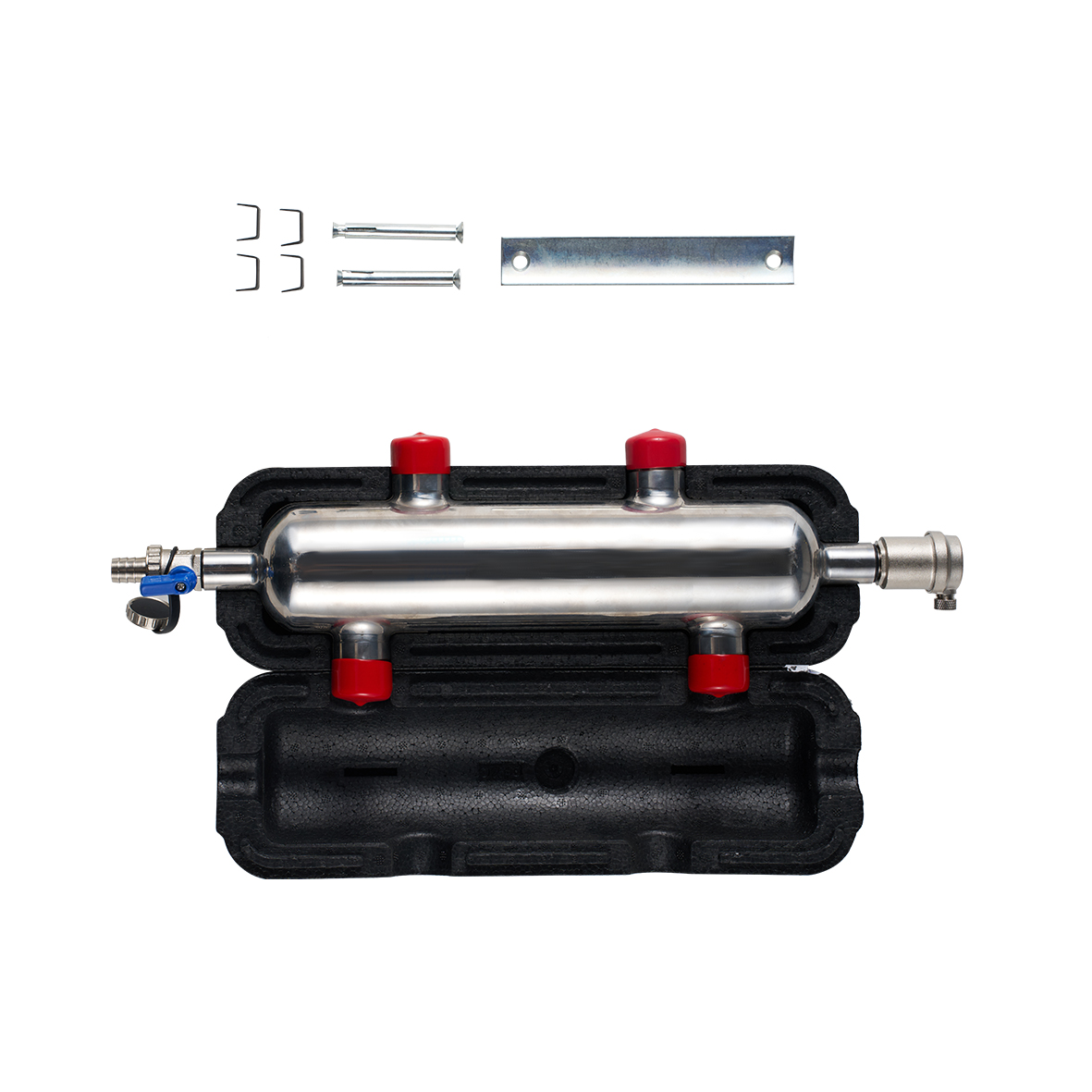
Shower Bases Support Frame: Stabilizing Wet Space Foundations
Shower Bases Support Frame serves as a silent sentinel beneath shower enclosures, tasked with stabilizing the shower base to prevent structural strain and leaks. In any wet space, the combination of weight and constant moisture creates a high-risk environment for damage. A weak or poorly designed frame may result in sagging, which cracks the shower base, allows water to seep into subfloors, and eventually causes mold, rot, or costly structural repairs.
Materials chosen for these frames prioritize durability and moisture resistance. Steel, often galvanized to resist rust, provides rigidity to distribute weight evenly across the subfloor. Stainless steel, with its natural resistance to corrosion, is favored in humid climates or areas where cleaning chemicals might accelerate wear. These materials ensure the frame remains strong even after years of exposure to water and steam.
Design details enhance their protective role. Adjustable legs allow installers to level the frame on uneven subfloors—a common issue in older homes—preventing the shower base from tilting, which can trap water and weaken seals. Cross-bracing between frame rails adds lateral stability, stopping the frame from shifting when pressure is applied.
Practical installation steps matter. Frames should be secured to the subfloor with corrosion-resistant fasteners to prevent loosening over time. Checking for level during setup and adjusting legs as needed ensures the base sits evenly, reducing strain on seams and drains. These steps, simple but intentional, let the frame fulfill its role as a silent stabilizer.
Decoupling Tank: Absorbing Stress in Water Systems
Decoupling Tank acts as a buffer in plumbing lines, absorbing the stress that comes from pressure fluctuations, thermal expansion, and sudden water flow changes—all of which can damage pipes, valves, and fixtures. In residential systems, for example, turning on a hot water tap causes pipes to expand; turning it off quickly creates a pressure spike known as water hammer. Over time, these forces can loosen joints, crack pipes, or wear out valve seals, which may cause leaks and require costly repairs.
The tank’s design is engineered for flexibility. Made from brass or stainless steel, it contains internal gaskets or diaphragms—usually rubber or silicone—that flex with pressure changes. When water flow surges, the diaphragm compresses, absorbing the excess energy instead of letting it travel through the pipes. When pipes expand due to heat, the tank’s design allows for slight movement without transferring stress to rigid connections, such as where pipes meet shower valves or wall studs.
Placement is key to its effectiveness. Installing a Decoupling Tank near water heaters, pumps, or where pipes change direction ensures it intercepts pressure spikes before they reach vulnerable components. In commercial buildings with multiple fixtures, tanks are often placed in main lines to protect entire sections of the plumbing system, reducing the need for frequent repairs.
Maintenance focuses on preserving flexibility. Over time, gaskets can harden or degrade, reducing the tank’s ability to absorb stress. Inspecting these components periodically and replacing them when signs of wear appear ensures the tank continues to defend against pressure-related damage.
Together: Safeguarding Plumbing’s Peace in Wet Spaces
In bathrooms and wet areas, Shower Bases Support Frame and Decoupling Tank form a unified defense, each protecting a critical part of the system. The support frame safeguards the structural integrity of the shower area, preventing leaks that could damage subfloors and walls. The decoupling tank protects the plumbing lines feeding that shower, stopping pressure and movement from causing pipe damage or valve failure.
In a residential bathroom, this partnership means fewer surprises: no sudden leaks from a cracked shower base, no rattling pipes when the shower is turned off, no mold growth from hidden water seepage.
These silent guardians ask for little: proper installation, occasional checks, and material choices suited to their environment. In return, they ensure plumbing systems operate with the peace of mind that comes from knowing potential issues are being prevented, not just fixed.



 русский
русский  Español
Español 